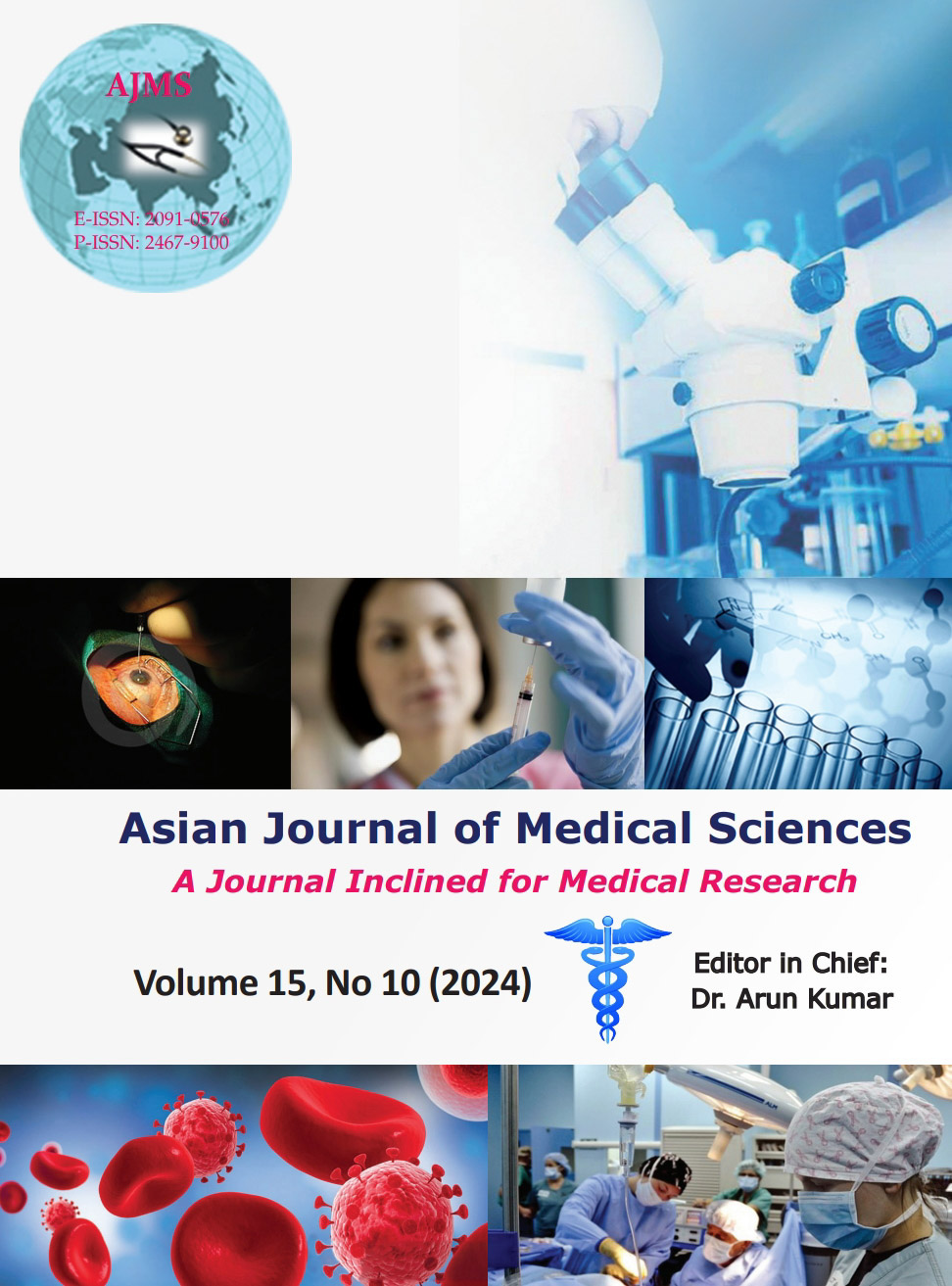Decoding microbial keratitis: Epidemiology, clinical spectrum, and treatment outcomes in a tertiary care setting
Keywords:
Microbial/infective keratitis; Fungal corneal ulcer; Bacterial corneal ulcer; Risk factors; Microbiological tests; Antimicrobial agentsAbstract
Background: Infectious keratitis poses a significant public health challenge worldwide, with variable incidence rates reported globally. Timely diagnosis and intervention are crucial to prevent ocular morbidity and potential blindness.
Aims and Objectives: This study aimed to study and investigate the epidemiology, risk factors, etiology, clinical progression, microbiological findings, and treatment outcomes of microbial keratitis in a tertiary care center in western India.
Materials and Methods: We conducted a prospective observational study from July 2020 to July 2022, enrolling 90 patients with suspected microbial keratitis. Clinical data were collected, and statistical analysis was performed using SPSS 26.0, with P<0.05 considered statistically significant.
Results: Most patients were males (67.80%) and laborers (27.8%) from urban areas, with fungal keratitis being more prevalent in rural regions. No statistically significant associations were found between keratitis type and demographic factors, such as age, gender, occupation, or socioeconomic status. Bacterial keratitis was more common in urban areas. Delayed presentation was linked to larger ulcers and worse visual outcomes. Fungal keratitis presented with smaller but deeper ulcers compared to bacterial keratitis. We found 8.06% positivity rate for Gram and KOH stain each. Microbiological cultures identified bacteria and fungi in 11.29% and 20.97% samples, respectively. Treatment varied from topical medications to surgery, with 26.67% of patients receiving both.
Conclusion: Our findings underscore the importance of prompt diagnosis, targeted treatment, and comprehensive microbiological workup in managing microbial keratitis to prevent vision and eye loss. Further research is warranted to enhance understanding and optimize management strategies for this sight-threatening condition.
Downloads
Downloads
Published
How to Cite
Issue
Section
License
Copyright (c) 2024 Asian Journal of Medical Sciences

This work is licensed under a Creative Commons Attribution-NonCommercial 4.0 International License.
Authors who publish with this journal agree to the following terms:
- The journal holds copyright and publishes the work under a Creative Commons CC-BY-NC license that permits use, distribution and reprduction in any medium, provided the original work is properly cited and is not used for commercial purposes. The journal should be recognised as the original publisher of this work.
- Authors are able to enter into separate, additional contractual arrangements for the non-exclusive distribution of the journal's published version of the work (e.g., post it to an institutional repository or publish it in a book), with an acknowledgement of its initial publication in this journal.
- Authors are permitted and encouraged to post their work online (e.g., in institutional repositories or on their website) prior to and during the submission process, as it can lead to productive exchanges, as well as earlier and greater citation of published work (See The Effect of Open Access).




